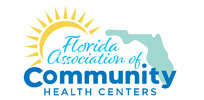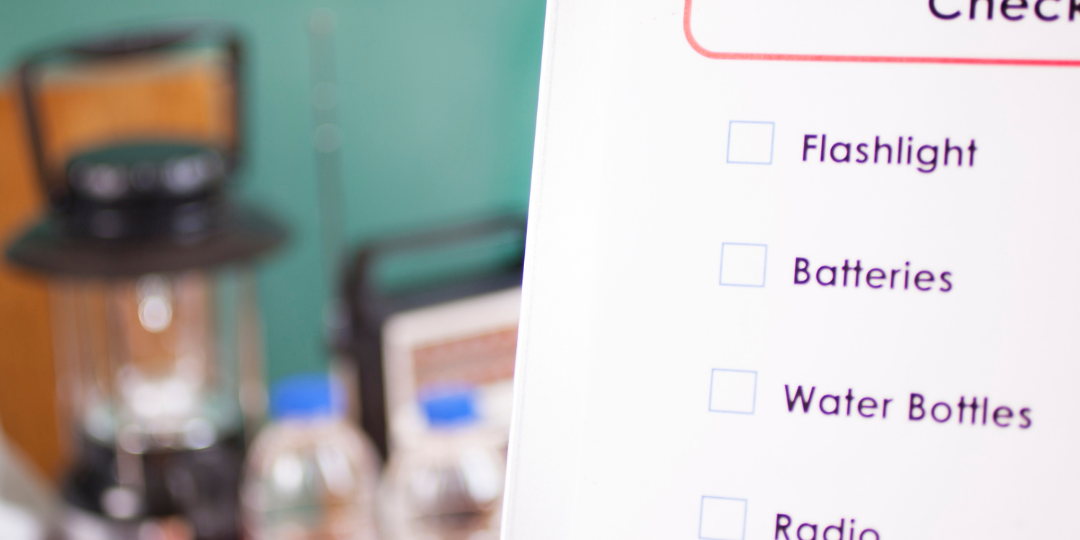After working in Emergency Management for almost a decade, my view of preparedness shifted radically after my son was born in 2022. I realized what used to be a simple plan of action now had to be reformulated to include a long list of baby supplies and considerations for communication and coordination with new grandparents.
When Hurricane Ian approached the west coast of Florida, our family chose to evacuate as a group, a total of 8 adults, three dogs, and one (very cared for) infant. While we had the option to go to a hotel, many families in this situation would need to assess local shelter options or travel much farther to stay with friends/family. The weight of these decisions is always heavy, especially when a storm’s path is so unpredictable. Leaving your home without knowing when you’ll return or what impacts lie ahead can be an extremely anxiety-inducing experience. Tampa Bay was spared the worst of the storm; I couldn’t help but feel deeply for our neighbors to the south and east. When a disaster of that magnitude affects some of us, it affects us all.
It got me thinking. As National Preparedness Month approaches, it’s important for everyone to reflect on what preparedness means to them. This perspective is unique to each individual and shaped by our families, our home, and our community. What really makes this a personal choice? Even under mandatory evacuation orders, many prefer to stay home for practical reasons, including cost, comfort, pets, and past experience – as well as fear, which can be paralyzing in itself. Ahead of Ian, a total of 2.5 million people were under these orders at various times, which complicates the situation (and decisions) further. Despite the severity of the storm, responders and news outlets have noted that shelters remained highly underutilized statewide. Considering one’s options ahead of time and making a personal preparedness plan can alleviate some (not all) of the pressure and anxiety associated with these highly stressful situations.
As Health Center professionals, we must also consider how preparedness supports our mission, how emergencies and disasters can disproportionately impact our staff and patients, and how such events exacerbate known social vulnerabilities. We build a culture of preparedness by engaging in regular and open dialogue about the risks we face and what we can do in response to mitigate the impact and recover quickly. This resilience has been demonstrated by Florida’s Community Health Centers time and time again.
In September, we also reach the historical peak of the Atlantic storm season. National Preparedness Month is the opportunity for Community Health Centers to raise awareness among their staff with the new FACHC LMS course- Health Center Staff Preparedness 101. It is also the time to share resources from Ready.gov and the Florida Division of Emergency Management in our Centers and on social media (consider sharing resources in multiple languages), as well as a Disaster Supply Kit Checklist to patients and staff. Even small actions can make a big difference and promote the safety and well-being of those we care for.
If your Health Center needs support or guidance in developing its Emergency Management Program, please get in touch with me for assistance at gianna@fachc.org.
Gianna Van Winkle, MBA
Director, Emergency Management Programs
Florida Association of Community Health Centers, Inc.

